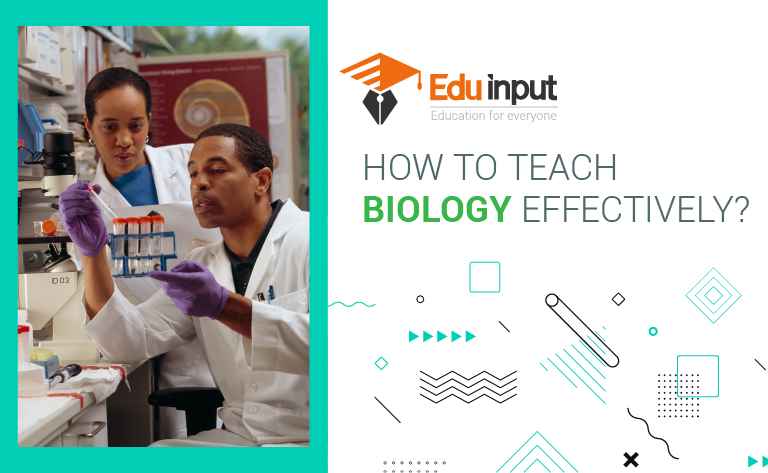How to teach biology effectively?
As a high school teacher of Biology, I find that students are often interested in the subject, but struggle with the material, which can lead to frustration and dropout. So, I’m here to share my tips for how to teach Biology effectively so you can help them succeed.
Biology is hard. That’s why students tend to struggle when they get to class, especially if they don’t understand what they’re learning. But teaching biology is not that difficult. You can make it simple and fun by using these 10 effective techniques to teach your class.

With so many topics that students need to master before graduation, it can be hard to make sure that they are well prepared. And yet biology is actually one of the most important courses to take, as most careers require at least some knowledge of the subject.
1. Find an Effective Classroom Environment
We all know that classrooms should be designed to promote learning. It should also be designed so that students feel comfortable. There are many ways to approach this. Most people agree that the room should be clean.
There should be plenty of windows because it promotes natural light. The floor should be covered in hardwood or tile (not carpet). All the furniture should be durable and simple. There should be no distracting decorations. Finally, the walls should be plain white.
2. Teach Scientific Thinking Skills
Learning how to think scientifically is as crucial to business success as the ability to read and write and compute. The reason is that most students aren’t trained in scientific thinking. Most of us take our thinking skills for granted.
We don’t even realize we’re using them. But if we don’t know how to think scientifically, we’re lost when it comes to making decisions and solving problems.
In fact, scientists don’t trust each other without a shared understanding of how to think scientifically. Scientists need to learn how to think scientifically and understand how the scientific method works.
3. Use Visual Aids to teach biology effectively
In order to make sure that students who aren’t familiar with biology have an understanding of the subject, you need to use visual aids to convey biological concepts. This can be done in two ways. One, you can use visual aids to clarify scientific concepts.
For example, when explaining the difference between species and genus, you could display some examples of the two, such as a picture of a mouse and a lemur. Two, you can use visual aids to convey the biological concepts themselves. For example, in an introduction to the human genome project, you could show a simple representation of DNA.
4. Use Active Learning Strategies
“Active learning strategies” are teaching methods that encourage students to engage with the material and use the tools of scientific thinking. For example, active learning strategies include discussion groups, in-class labs, lab work in the biology lab, and small group work.
These activities promote active engagement of the students, rather than passive consumption of the material. They may be used to teach all kinds of topics such as mathematics, science, social studies, and even language arts.
One advantage of active learning is that students can learn at their own pace. Another advantage is that active learning is a great strategy for retaining knowledge. Students who are actively engaged with course content are more likely to retain information better.
5. Review at the End of the Semester
The final step of the semester is to ask your students to review all the biology material. It’s a chance to review your progress so far and see if there are any holes in your understanding that need filling up before you can move on to the next module.
Your goal should be to make sure students come away from class with some knowledge of the topic, but also with a general overview of how to understand the material. Your final exam should not be an exhaustive review of the material. Your goal should be to ensure that students come away from class with an understanding of how to evaluate the quality of evidence.



Leave a Reply